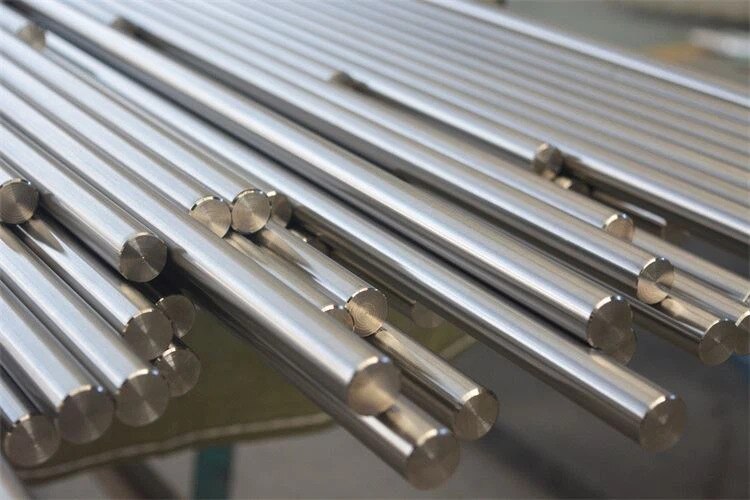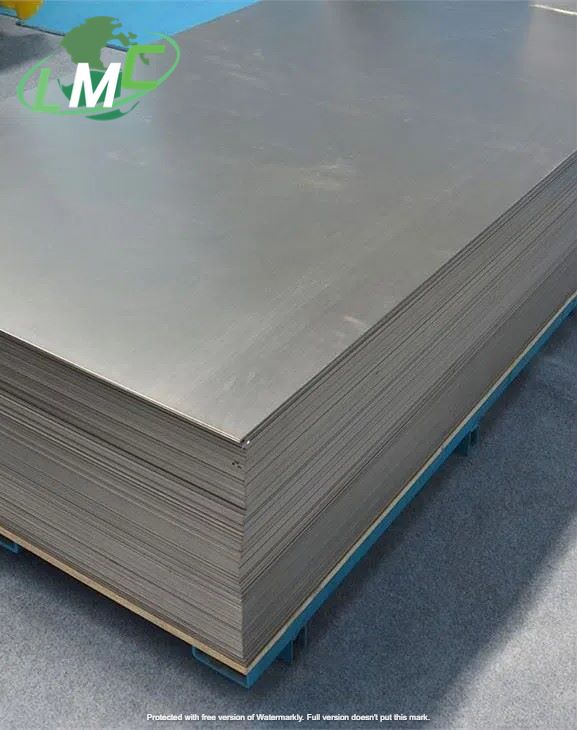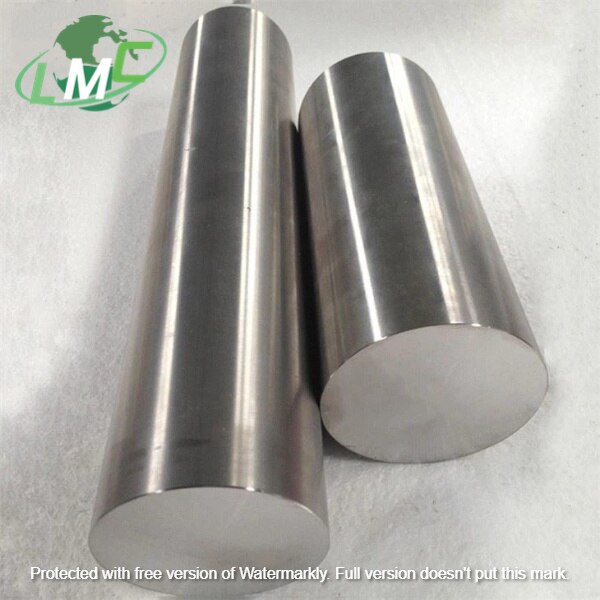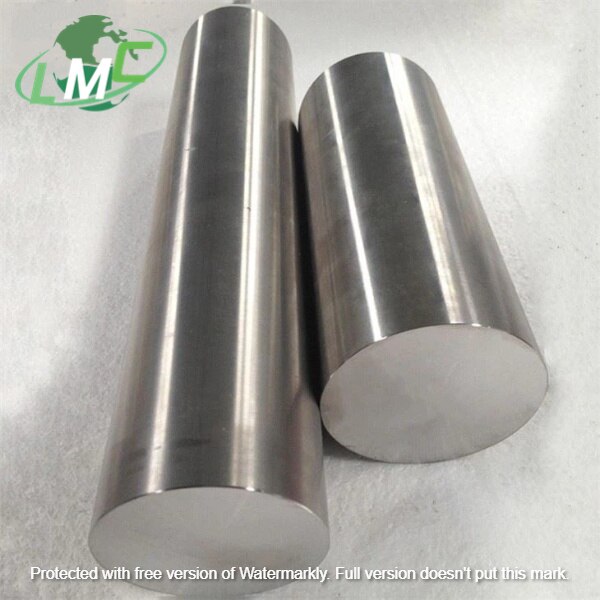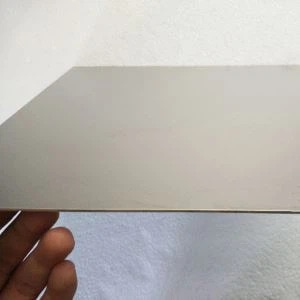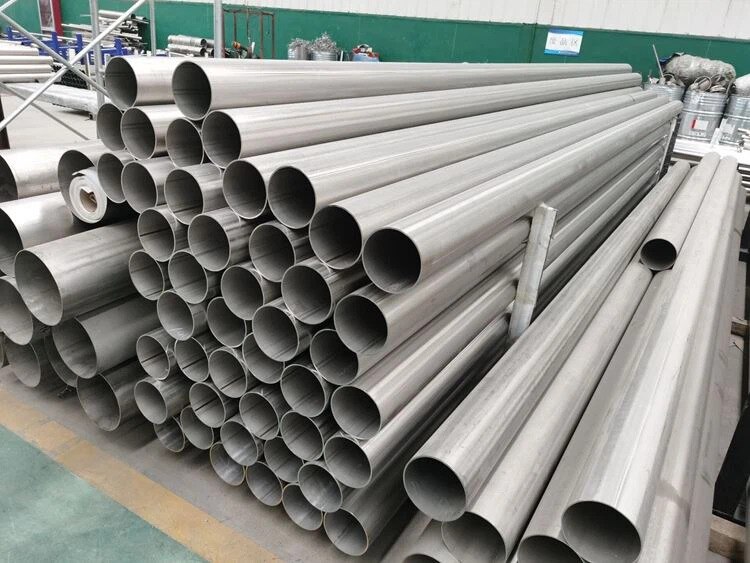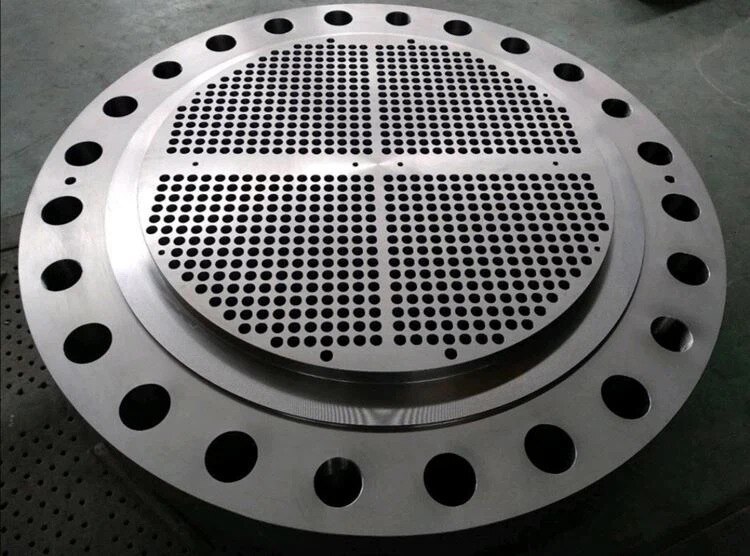10mm Titanium Round Rod
Product Name: 10mm Titanium Round Rod
Standard: ASTM B348 ASTM F136 ASTM F67 AMS 4928
Material: GR1, GR2, GR3,GR4,GR5, GR7, GR12,GR23 etc.
Shape: Round, Square, Flat, Hex
Diameter: 6-200mm
Length: Max 6000mm
Surface: Bright
Application:Chemical industry,machinery, ocean, aviation, military industry etc.
Advantages:
1. Equipments:we have milling machine, annealing furnace, straightening machine, rolling mill, cutting machine, punching machine, sand blasting machine, etc.
2. Price:with more than 15 years of production and export experience in the titanium industry, we know this market well. Under the premise of quality assurance, to customers the most competitive price
3. Quality: Our titanium rods have been exported to many regions and countries in North America, Europe, Southeast Asia and so on, and the satisfaction rate has reached 99.95%. We accept any third party testing, such as SGS, TUV,BV, etc.
Physical properties of titanium bars:
Tensile Strength(min)
Yeild Strength(min)
Elongation(%)
ksi
MPa
ksi
MPa
Grade 1
35
240
20
138
24
Grade2
50
345
40
275
20
Grade 3
65
450
55
380
18
Grade 4
80
550
70
483
15
Grade 5
130
895
120
828
10
Grade 7
50
345
40
275
20
Grade 12
70
483
50
345
18
Grade 23
125
860
115
790
10
Send
Message



